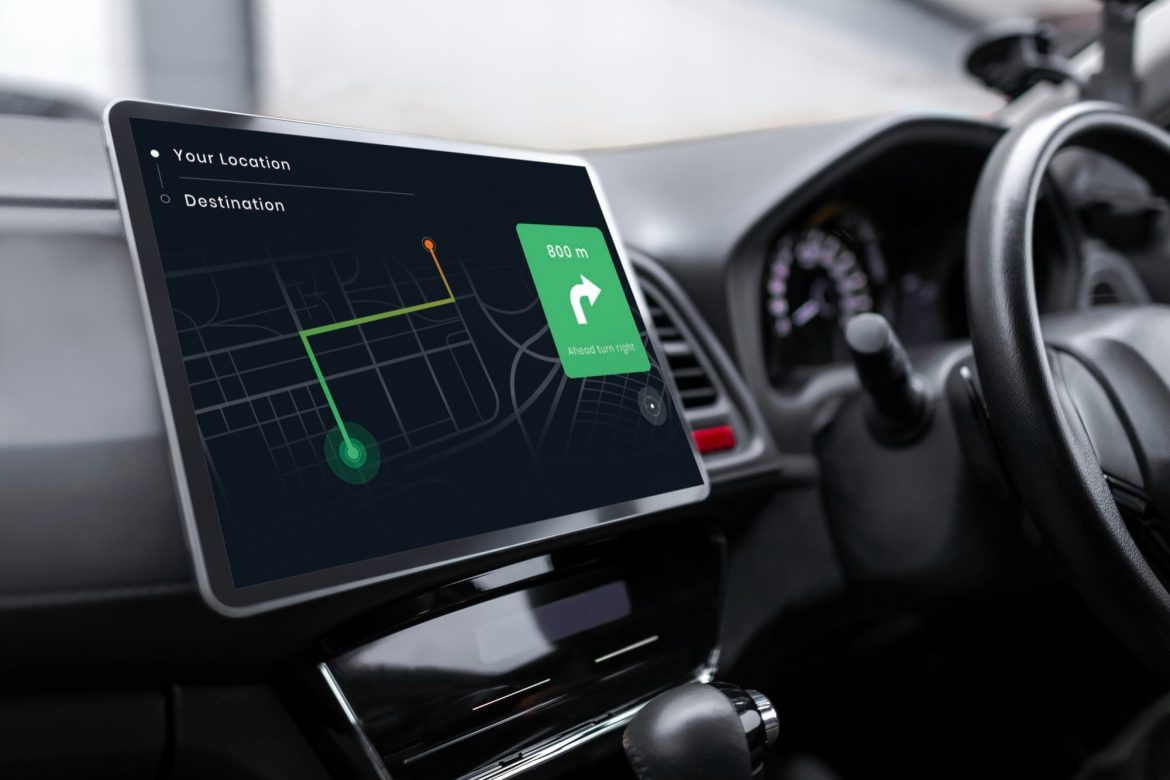The world of transportation is on the brink of a revolution with the rapid advancements in autonomous vehicle technology. Over the past decade, we have witnessed remarkable progress in the development of self-driving cars, trucks, and even drones. In this article, we will explore the latest innovations and breakthroughs in autonomous vehicle technology, shedding light on how these advancements are reshaping the future of transportation.
Understanding Autonomous Vehicles
Levels of Autonomy Autonomous vehicles are categorized into different levels of autonomy, ranging from Level 0 (no automation) to Level 5 (full automation). In Level 5, vehicles can operate without human intervention under all conditions, while in Level 0, the driver is responsible for all aspects of driving.
Key Components Autonomous vehicles rely on a combination of sensors, cameras, radar, lidar, GPS, and advanced algorithms to navigate and make real-time decisions. Machine learning and artificial intelligence play a significant role in enhancing the capabilities of these vehicles.
Advanced Sensor Technology
Improved Lidar Systems Lidar (Light Detection and Ranging) technology has seen significant advancements. New lidar sensors offer higher resolution and longer detection ranges, allowing autonomous vehicles to perceive their surroundings with greater accuracy. Miniaturization and cost reduction have also made lidar more accessible.
Enhanced Radar and Camera Systems Radar and camera systems have become more sophisticated, enabling better object detection, even in challenging weather conditions. Combining radar, cameras, and lidar sensors provides redundancy and ensures the reliability of autonomous driving systems.
High-Definition Mapping
Precise Mapping Data Accurate and up-to-date high-definition maps are crucial for autonomous vehicles. These maps contain detailed information about road geometry, lane markings, traffic signs, and even the behavior of other road users. Companies are investing in mapping technologies to ensure that self-driving cars can navigate safely and efficiently.
Real-Time Map Updates Some autonomous vehicles can update maps in real-time by collecting data during their journeys. This crowdsourced approach allows for dynamic adjustments to maps, ensuring that vehicles are always aware of the latest road conditions.
Advanced Machine Learning
Deep Learning and Neural Networks Machine learning techniques, particularly deep learning and neural networks, have significantly improved the perception and decision-making capabilities of autonomous vehicles. These systems can recognize objects, predict pedestrian behavior, and make split-second decisions to navigate complex traffic situations.
Simulation and Reinforcement Learning Simulation environments are used to train autonomous systems, allowing them to accumulate virtual driving experience before hitting the road. Reinforcement learning techniques enable vehicles to learn from their mistakes and improve their driving skills over time.
Autonomous Trucking
Freight Transportation The logistics industry is embracing autonomous trucking as a way to increase efficiency and reduce costs. Self-driving trucks can operate 24/7, reducing downtime and delivery times. Companies like Tesla and Waymo are testing autonomous trucking solutions.
Platooning Truck platooning involves a convoy of trucks traveling closely together, with the lead vehicle controlled by a human driver. Autonomous technology enables the following trucks to react almost instantly to the lead truck’s actions, reducing fuel consumption and improving safety.
Urban Mobility Solutions
Autonomous Shuttles and Taxis Autonomous shuttles and taxis are being deployed in urban areas to provide convenient and eco-friendly transportation options. These services are often designed to complement existing public transportation systems, reducing congestion and emissions in crowded cities.
Last-Mile Delivery Robots Autonomous delivery robots are becoming more common for last-mile deliveries. These small robots navigate sidewalks and pedestrian areas to deliver packages and food orders, reducing the need for human drivers in congested urban environments.
Regulatory and Safety Challenges
Regulatory Frameworks One of the challenges facing autonomous vehicle technology is the need for clear and consistent regulatory frameworks. Governments and transportation authorities must establish rules and standards to ensure the safe deployment of self-driving vehicles on public roads.
Safety Concerns Safety remains a top priority in autonomous vehicle development. Ensuring that these vehicles can operate safely in all conditions, including complex and unpredictable situations, is a significant engineering challenge that requires ongoing testing and validation.
The Future of Autonomous Vehicles
Commercial Deployment Commercial deployment of autonomous vehicles is expected to grow rapidly in the coming years. Industries such as ride-sharing, delivery services, and long-haul trucking are likely to be early adopters, realizing the economic benefits of automation.
Integration with Smart Cities Autonomous vehicles will be a crucial component of smart cities, where transportation systems are interconnected, efficient, and sustainable. These vehicles will communicate with traffic infrastructure and other vehicles to optimize traffic flow and reduce congestion.
Enhancing Mobility and Accessibility Autonomous vehicles have the potential to enhance mobility for individuals with disabilities and the elderly. They can provide safe and convenient transportation options for those who may have limited access to traditional transportation services.
Conclusion
The advancements in autonomous vehicle technology are reshaping the future of transportation in profound ways. With improved sensor technology, high-definition mapping, advanced machine learning, and applications in commercial and urban environments, self-driving vehicles are becoming a reality. While challenges in regulation and safety remain, the potential benefits in terms of safety, efficiency, and accessibility are driving continued innovation and investment in this transformative field. As autonomous vehicles become more integrated into our transportation ecosystem, they hold the promise of revolutionizing how we move and interact with our cities and communities.

